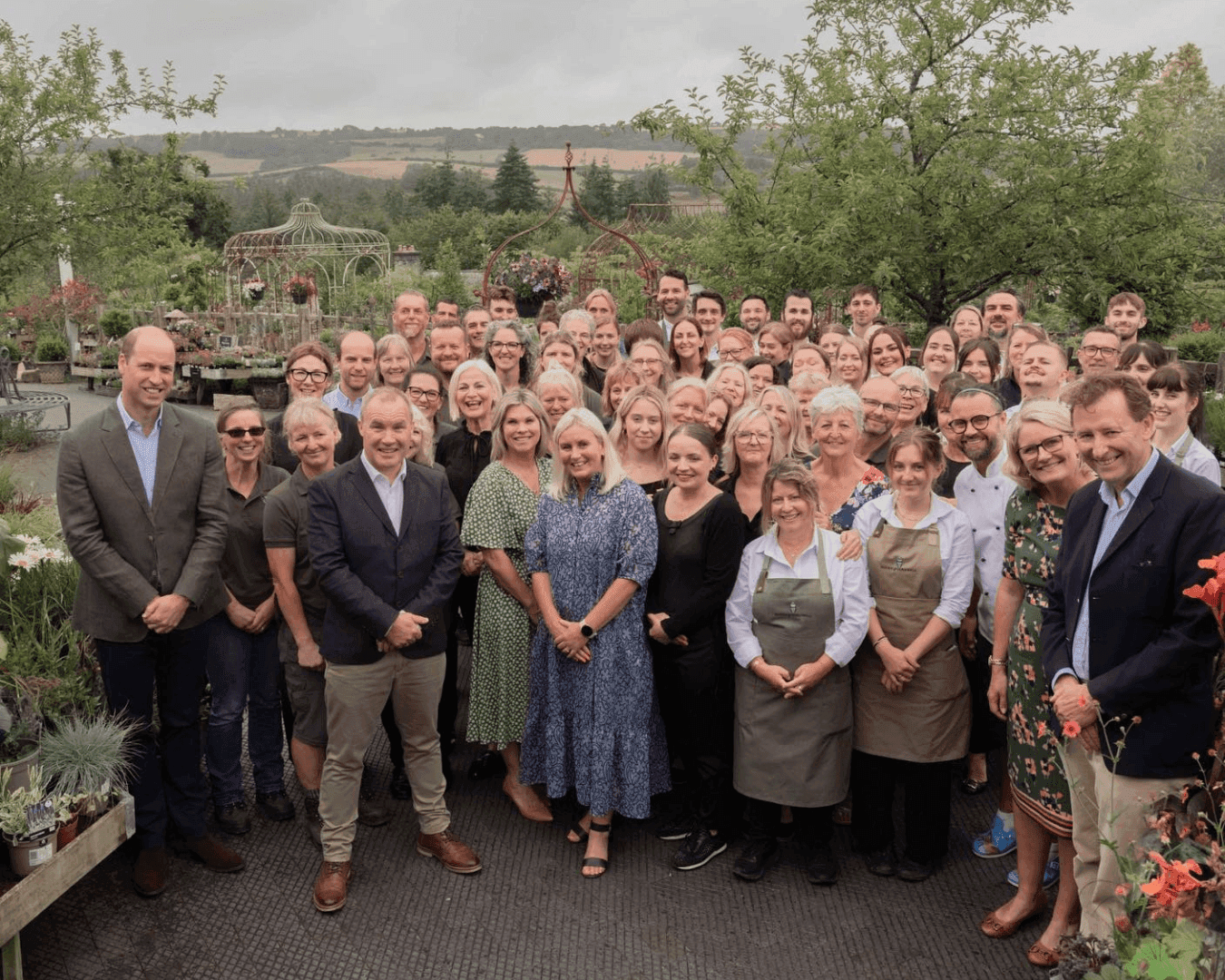A Royal Cornwall
Cornwall’s connection to royalty runs deep, from the legend of King Arthur to the modern Royal Family. The Prince of Wales traditionally holds the title of Duke of Cornwall, and the county boasts numerous locations, historic estates, and projects of special significance to the monarchy.
The Duchy of Cornwall
Founded by royal charter in 1337 by King Edward III, the Duchy of Cornwall is a private estate created to provide an independent income for the heir to the throne. It includes around thirteen percent of Cornwall's land, though ironically, the Duchy includes land from twenty different counties.
Traditionally, the Duke of Cornwall receives both the title and the estate’s revenue, supporting the Duke’s public, private, and charitable engagements. The Duchy’s interests encompass agriculture, conservation, and historic preservation, making it a vital part of Cornwall’s landscape and economy.
More recently, the Duchy of Cornwall has been involved in urban planning and sustainable housing developments, shaping the future of Cornwall. Examples include Nansledan and Tregunnel Hill on the outskirts of Newquay, plus Truro’s Eastern District Centre, which includes houses, a Cornish food store and a Park & Ride.
Royal attractions
Restormel Manor serves as the official residence of the Duke and Duchess of Cornwall during their visits to the region. The estate also offers several charming holiday cottages available for booking, providing visitors with a unique opportunity to stay in a royal retreat.
Nearby, you'll find Restormel Castle and the Duchy of Cornwall Nursery, both historically linked to the Duchy estates. Whilst the castle is now under the care of English Heritage and open to the public, the nursery remains a vibrant part of the Duchy, featuring a shop and café where visitors can explore and relax.
For history enthusiasts, Cornwall is also home to other royal fortifications such as Pendennis and St Mawes castles. Built by King Henry VIII in the sixteenth century to protect the strategic Carrick Roads, both are open for tours, offering insight into the region's military history.
Finally, Tintagel Castle, with its legendary connections to King Arthur, remains a must-visit destination for those intrigued by Cornwall’s royal and mythological heritage.
Fit for Kings and Queens
The Duke and Duchess of Cornwall, along with other members of the royal family, frequently visit Cornwall, reflecting the county’s lasting significance to the British monarchy. Here are some locations often visited by the royals:
St Mawes – A favourite destination of Queen Elizabeth II, the Queen Mother, and Princess Margaret during their cruises aboard the Royal Yacht Britannia, St Mawes continues to attract royal visitors. Its picturesque harbour and quaint charm have made it a beloved spot for many members of the royal family over the years.
Rock – Known as the ‘St Tropez of Cornwall,’ Rock is a popular retreat for Princes William and Harry, as well as other royals, celebrities, and high-profile figures. It is known for its breathtaking views and up-market appeal.
The Royal Cornwall Show – As patron of the Royal Cornwall Agricultural Association, the Duke of Cornwall often attends the Royal Cornwall Show. This prestigious event, held annually, brings together royals and visitors to celebrate Cornwall’s agricultural heritage and community spirit.
Royal place names in Cornwall
As you travel around Cornwall, you will notice there are royal connections to many place names:
King Harry Ferry – Thought to be named after a small chapel dedicated to King Henry IV and his wife Queen Anne, a ferry has been operating across the upper reaches of the River Fal for around eight hundred years.
Queen Adelaide’s Grotto – Found on Penlee Point near Rame, this small building is built into the hillside. Built in the 1820s it was named after Adelaide, wife of King William IV.
These places reflect Cornwall’s deep and enduring ties to the royal family, spanning centuries of history. To explore more of Cornwall's royal heritage, a visit to this historic Duchy is a must.
Stay connected
Find us on socials and stay connected with the Cornwall you love.
We use cookies to personalise content and ads and to analyse our traffic. You consent to our cookies if you continue to use our website. (Privacy Policy)







